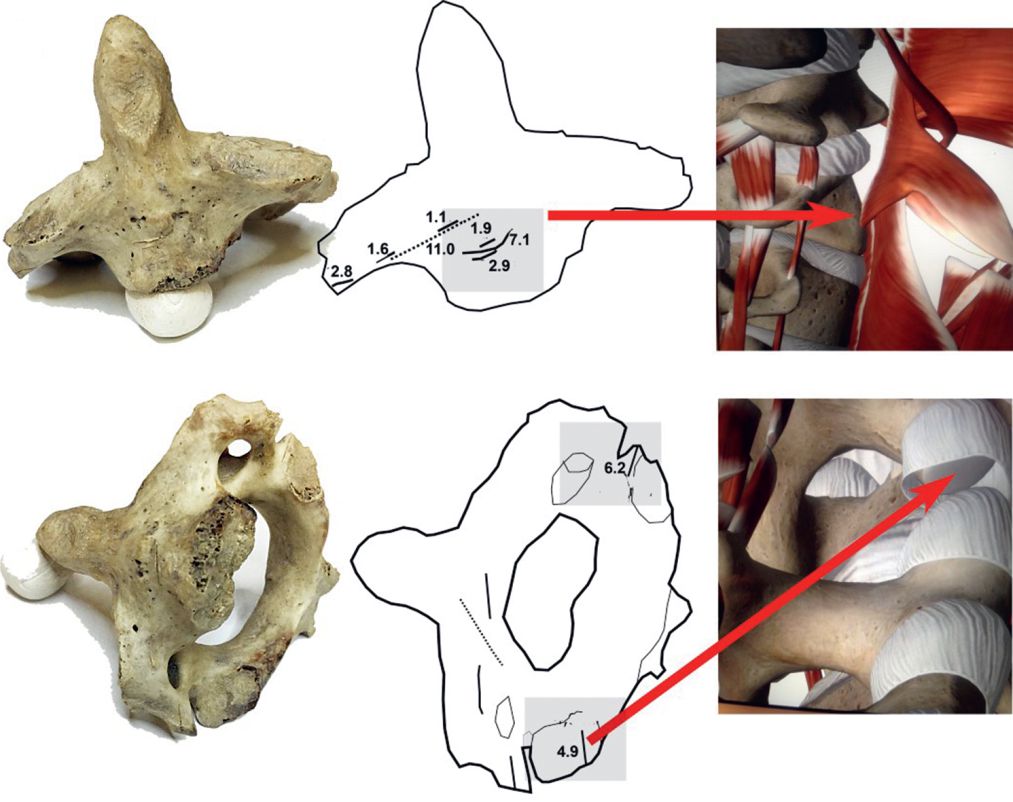The use of contextual taphonomy for reconstructing the excarnation method resulting in secondary depositions of human bones
DOI:
https://doi.org/10.35686/AR.2017.23Keywords:
Early Iron Age, excarnation, contextual taphonomy, secondary manipulation, settlement burials, Platěnice phase, Lusatian Urnfield cultureAbstract
Secondary depositions of human bones in settlement pits from the Early Iron Age are common but difficult to interpret. The aim of the study is to use contextual taphonomy to reconstruct the origin and excarnation method of such secondary burials of human bones. Our reconstruction is based on three settlement features from two sites in central Moravia (Křenovice 2 and Hulín – Pravčice 1) attributed to the Platěnice phase of the Lusatian Urnfield culture. Quantification methods and microscopic inspection of the bone surface revealed that 77% of studied specimens were intentionally modified. Cuts likely made by a stone blade occurred on the bones, and in the majority (90 %) of cases, the cuts were located at joints or on cervical vertebrae. Two second cervical vertebrae had traces of long-term manipulation. The overall pattern of bone modification is consistent with ritual activities. The probable reason for this body modification was disarticulation and decapitation for the purpose of long-term curation of these body-objects as relics or amulets.
Downloads












